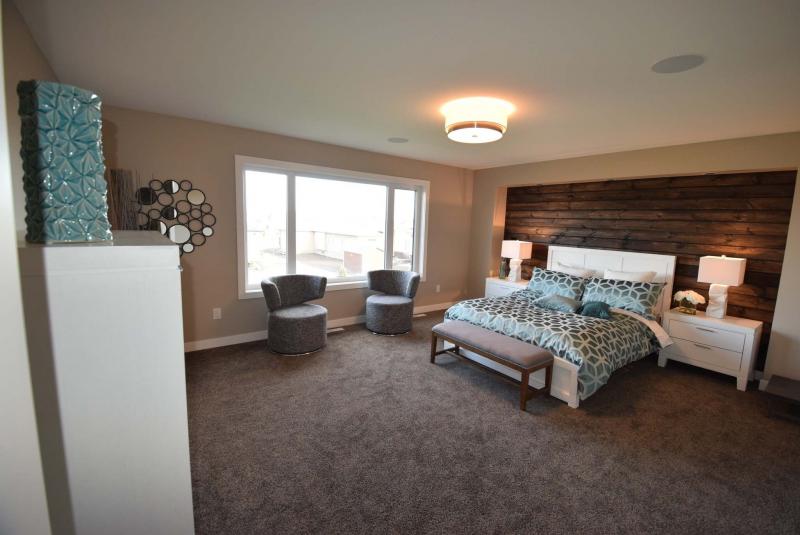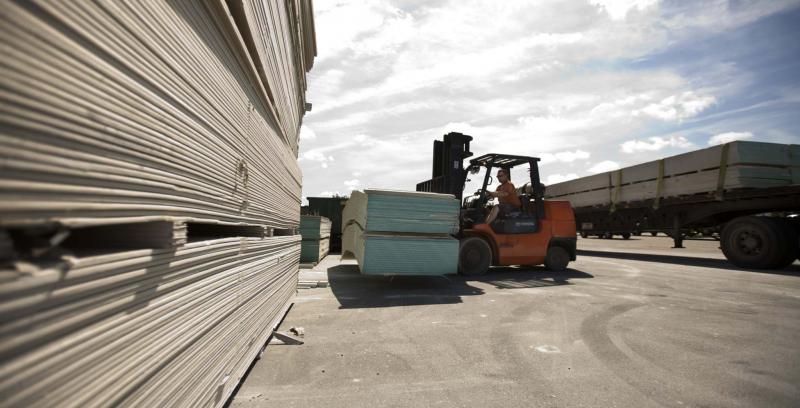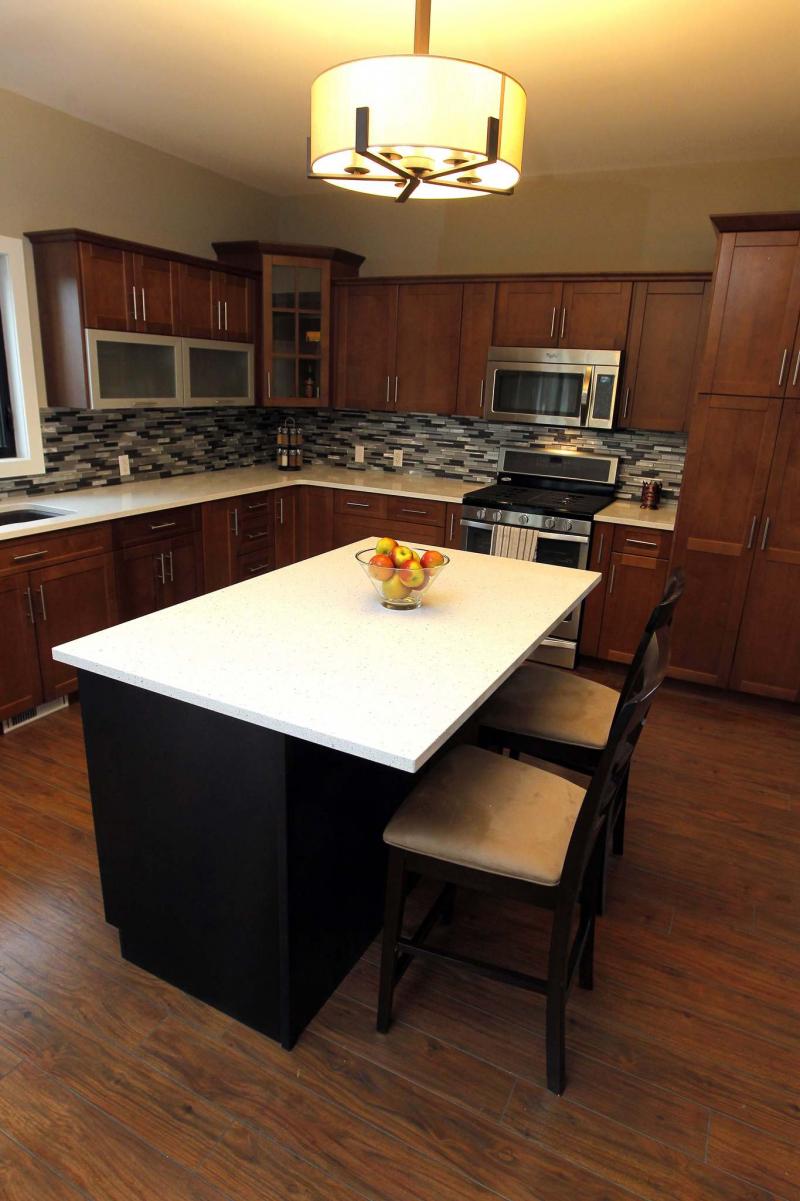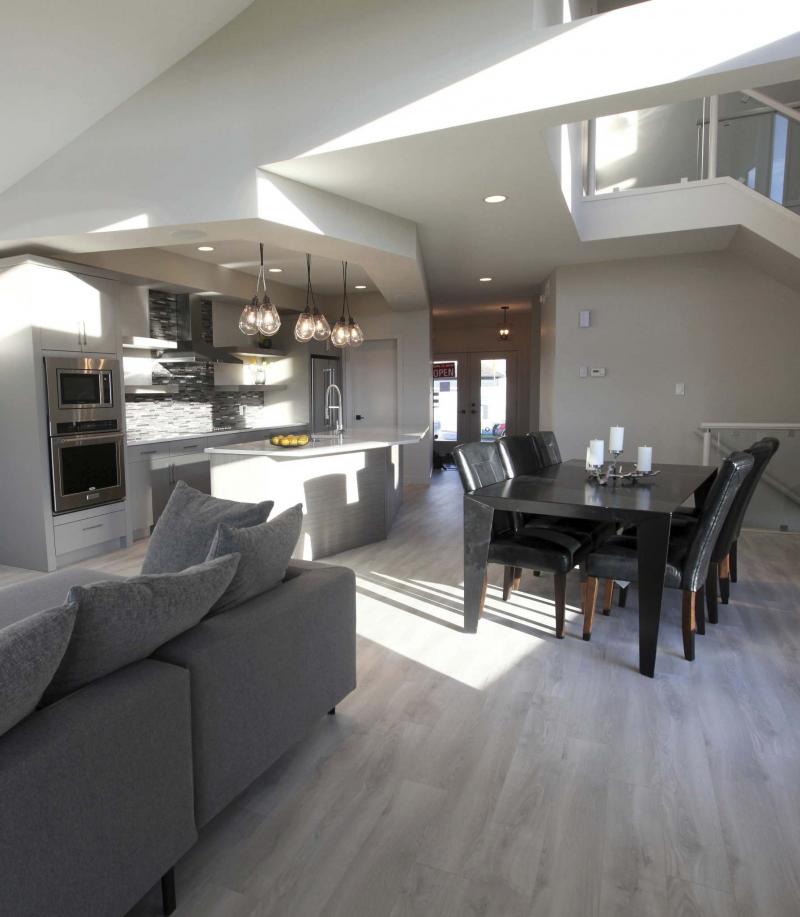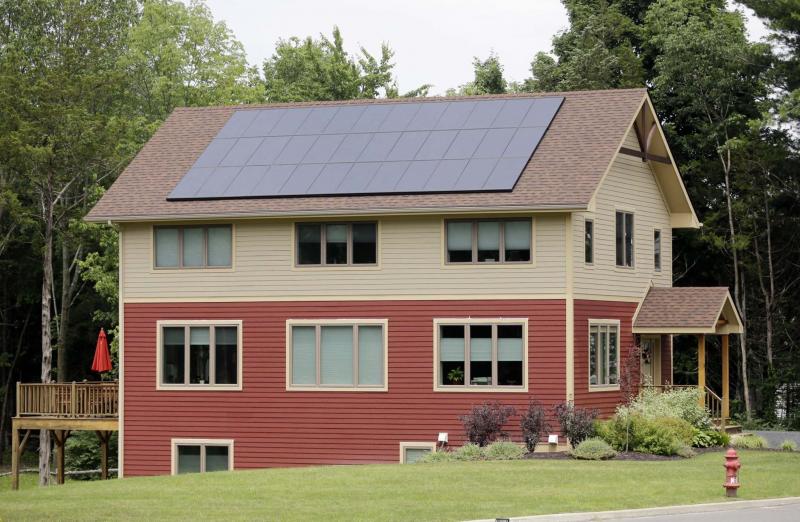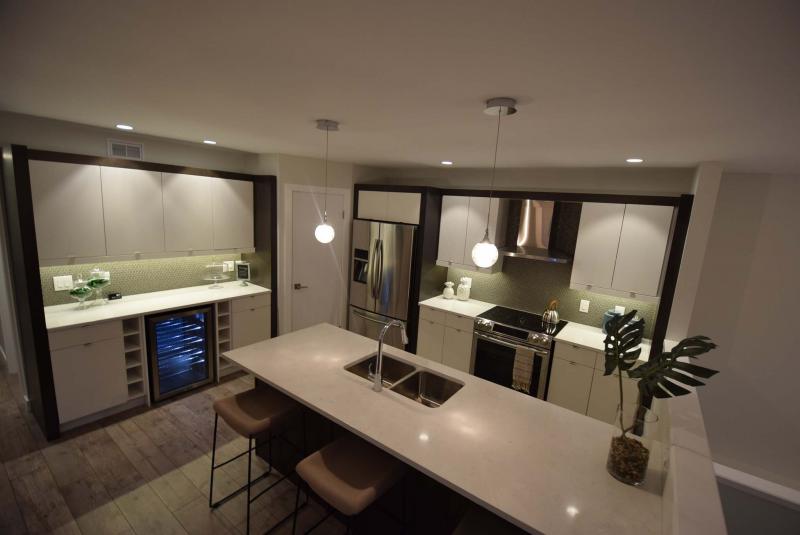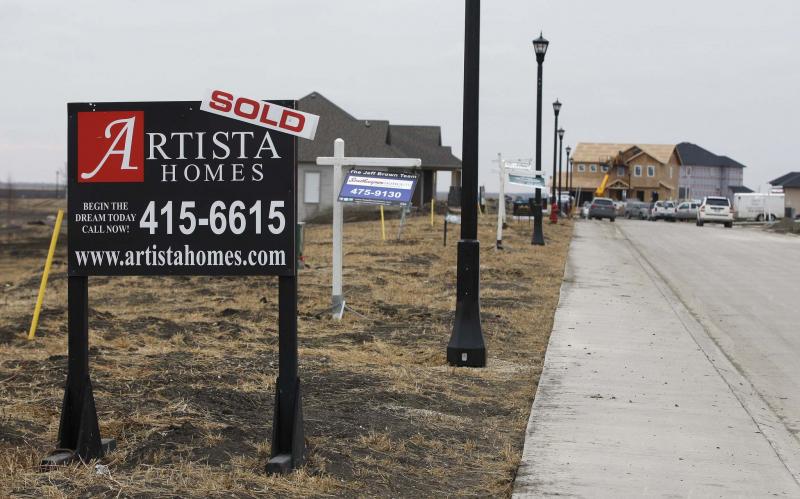New Homes
New Homes
Manitoba's housing-industry forecast projected to be steady
Lai Sing Louie — regional economist with the Canada Mortgage and Housing Corporation (CMHC) — delivered a forecast for both Winnipeg and Manitoba’s housing industries at the recent Manitoba Home Builders’ Association Housing Forum. This annual presentation plays an important role in the anticipated workload for the residential construction industry.
Manitoba’s GDP is projected to be steady — averaging just above the two per cent increase mark — meaning we should only trail British Columbia. We are still too heavily reliant upon government spending and employment compared with our neighbours, however, it appears that the provincial government is taking steps to remedy this.
Retail sales continue to climb and exports remain steady. Net migration may continue to decline slightly as average family sizes decrease. The five-year mortgage rate may increase slightly over the next year or two, but it will remain at historically low levels. Since 2011, we have seen the percentage of first-time homebuyers between the ages of 25 and 34 double. This positive trend should continue in Manitoba, although everyone is keeping a close eye on the impact of the recent federal changes in mortgage rules. Provincial single-family detached starts are expected to continue to climb, albeit at a slow, steady level of 100 to 300 units per year for the next couple of years. Multi-family starts will remain flat for a few more years after the boom in 2014 and 2015. Slightly more than half of all starts in Manitoba will be single-family starts. Winnipeg is not expected to experience quite the same increase in new home starts as the rest of the province. Since it’s more reliant on multi-family housing, Winnipeg will be somewhat flat as the only growth could be in single-family detached.
On the resale market, both Manitoba and Winnipeg will have sales-to-new listings ratios within the balanced market ranges. There will continue to be gradual increases in average prices and number of sales, making housing a solid investment for Manitobans. We have not and will not be experiencing some of the decreases in housing values seen in Saskatchewan and Alberta.
To be fair to the forecasting experts of CMHC, this forecast was prepared in advance of, and did not take into account, the proposed City of Winnipeg Impact Fee or Growth Tax. It would be fair to assume that if this measure were implemented, City of Winnipeg start numbers would decline significantly while starts in areas just outside the city would show a marked increase. This would still likely result in an overall decline for the Province of Manitoba, thereby also impacting provincial retail sales and GDP numbers.
Mike Moore is president of the Manitoba Home Builders’ Association.
New Homes
Winnipeg's housing market graded mostly green and good
The Canada Mortgage and Housing Corporation (CHMC) promotes itself as being Canada’s national housing agency for almost 70 years.
Last week, the CMHC published the fourth quarter assessment for Canada and 15 major urban markets. I think we all expected Vancouver and Toronto to be red-flagged for overvaluation.
Looking at the other 13 cities, not much has changed since the last quarter. In fact, the overvaluation situation in Saskatoon has lessened.
Price acceleration in Hamilton, Ont., and Victoria, B.C., has increased slightly over the past three months. In fact, Hamilton, is the only city that has had its overall assessment change rating colours since last quarter.
According to this assessment report, the concerns that are being found in Canada’s two primary urban centres are spreading to other communities.
It is interesting to note that if Toronto and Vancouver were excluded from the study, then the increase in house prices across the country would have only been six per cent as opposed to 11 per cent. In fact, if one excludes Ontario and British Columbia, house prices decreased by three per cent across the eight other provinces combined. Once again, two provinces and two cities appear to be all that counts in assessing an entire country.
Nothing changed in the assessment of Winnipeg. Once again, we are green and good across the board with a cautionary note in inventory levels of unsold units. Even though it was noted that inventory levels have declined substantially and absorptions have increased, the grade remained the same. Given that Halifax was the only city in Canada to receive green across the board (strange since Halifax has been in a building slump for two years), I guess we have to take our solitary yellow and move on. It’s like that teacher who refused to give out A’s or A+; we’re just going to have to accept that we’re not getting greens and that Winnipeg’s housing market is among the most secure in Canada.
Mike Moore is president of the Manitoba Home
Builders’ Association.
New Homes
Blanket taxes, fees hurt local economies and homeowners
Last week, we talked about the new mortgage rules introduced by the federal government; rules that were designed to slow down the price escalation that has been going on in Vancouver and Toronto.
Whether this stress test of qualifying at higher mortgage rates succeeds in these two cities or not remains to be seen; however, it is fairly certain that these rules will hurt almost every other Canadian city that didn’t have escalating price problems. Preliminary calculations are that some new home buyers could have their mortgages affected by $20,000 to $40,000.
Now, they’ve managed to cool down an entire country. Local economies will suffer from national actions.
Also at the national level, the Canadian Borders Services Agency, in a knee-jerk reaction to a single complaint, increased tariffs on gypsum board (drywall) by anywhere from 105.2 per cent to 276.5 per cent. This will add an extra $1,500 to $2,500 in cost to the average new home. Little to no consultation was done.
You may also recall the City of Winnipeg increased permit fees on new home construction by an outrageous 62 per cent commencing June 1 of this year. Development permit fees increased by considerably more. Consultation, openness and transparency was zero save for a meeting on the Friday before the passing by council. With the simple raising of hands at a council meeting, millions of dollars were sucked out of the pockets of Winnipeg taxpayers.
Last but not least, is the growth fee/development charge/impact fee that the City of Winnipeg most recently announced for vote in October and implementation in May. The name is immaterial; it’s another new tax. The recommendation is to impose an arbitrarily calculated fee on all new homes, all office construction, all commercial construction, all industrial construction and all infill construction over the next three years. Research and reasoning were deeply flawed.
Intent was clear before the process began. The results are the same.
Affordability at the local level has taken a tremendous hit; one that hasn’t been seen since the introduction of the GST in 1991. For years after the GST was introduced, the residential construction industry went into hibernation. Are we willing to go down that path again?
Mike Moore is president of the Manitoba Home Builders’ Association.

